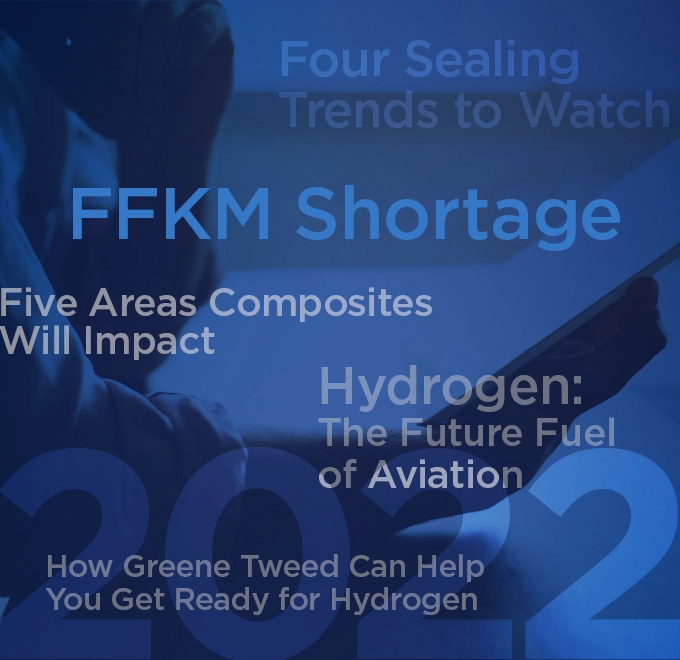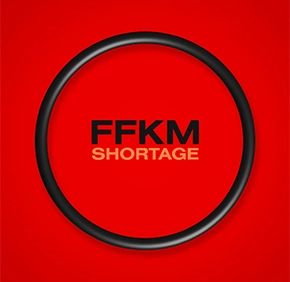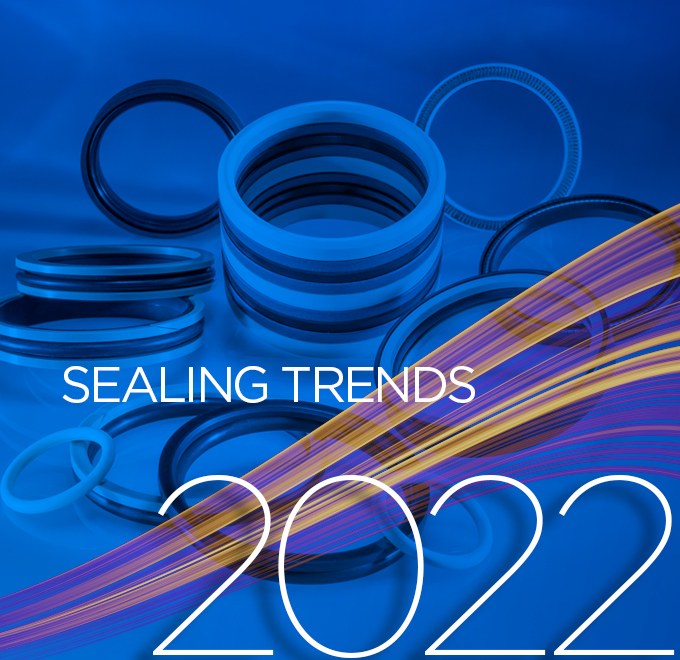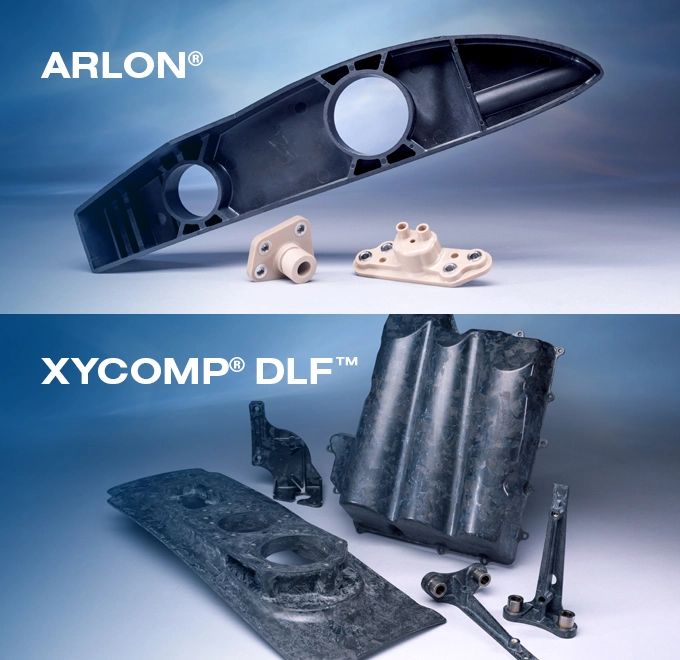Our Most Read Stories of 2022

Welcome to 2023! We are taking a moment to revisit our most popular blogposts of the last year. From insights to ideas and possibilities in the latest sealing, wear, lightweighting, and connectivity innovations in the aerospace/defense, energy, semiconductor, industrial, life sciences, and chemical processing industries, these are our most-read pieces of 2022. So, sit back, relax, and get ready to dive into some of our most compelling content.
We hope that you enjoy our Top Five as much as others have and that if you do, you’ll sign up here to get similar articles delivered right to your inbox.
Why is there an FFKM shortage?
As Perfluoroelastomer (FFKM) O-ring buyers faced shortages and delayed shipments last year, we offered an inside look at supply chain issues and explained what was causing the industry-wide shortage of several ingredients required to produce an FFKM compound.

Four Sealing trends to Watch
As we kicked off the new year, we shared four trends, big and small, that were expected to impact seal users in industries as diverse as aerospace, energy, semiconductors, industrial, life sciences, and chemical processing. Read on to reflect on what 2022 looked like at the beginning of the year.

Five Areas Composites Will Impact
Innovations in composites, spurred by the Aerospace industry, are starting to find traction in other industries and applications. We look at five industry segments that were likely to be impacted or enabled by thermoplastic composite technology

Hydrogen: The Future fuel of Aviation
Hydrogen is being considered as a promising solution to help the aviation sector go greener. But Hydrogen fuel creates technological challenges to the whole infrastructure of aviation. There are many unknowns about hydrogen and how it will behave in the demanding aerospace environments.

How Greene Tweed Can Help You Get Ready for Hydrogen
Hydrogen brings environmental challenges to storing and transporting it, both on the ground and on the aircraft. Greene Tweed is ready with materials and solutions that can withstand the results of hydrogen’s complex properties, such as permeation, low lubricity, and low molecular weight.
